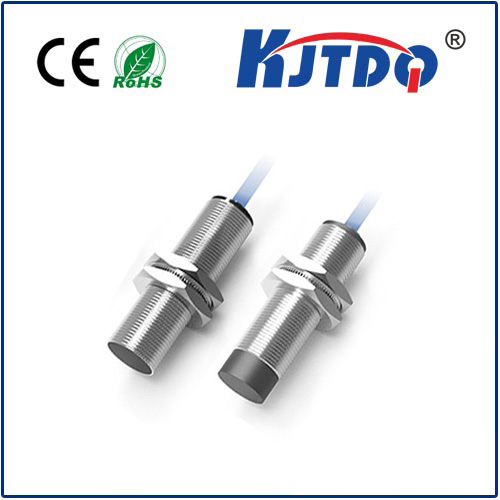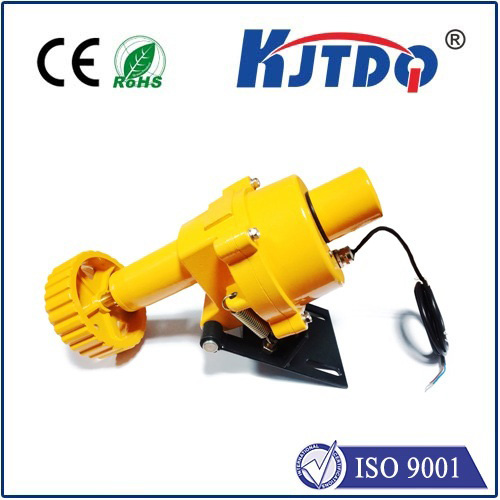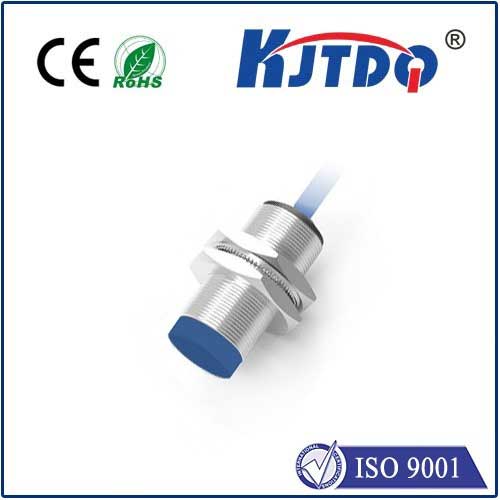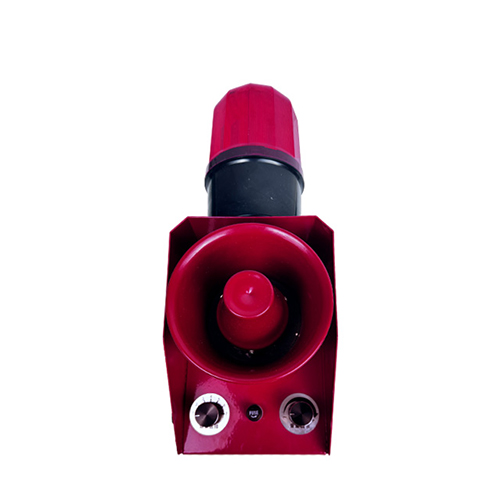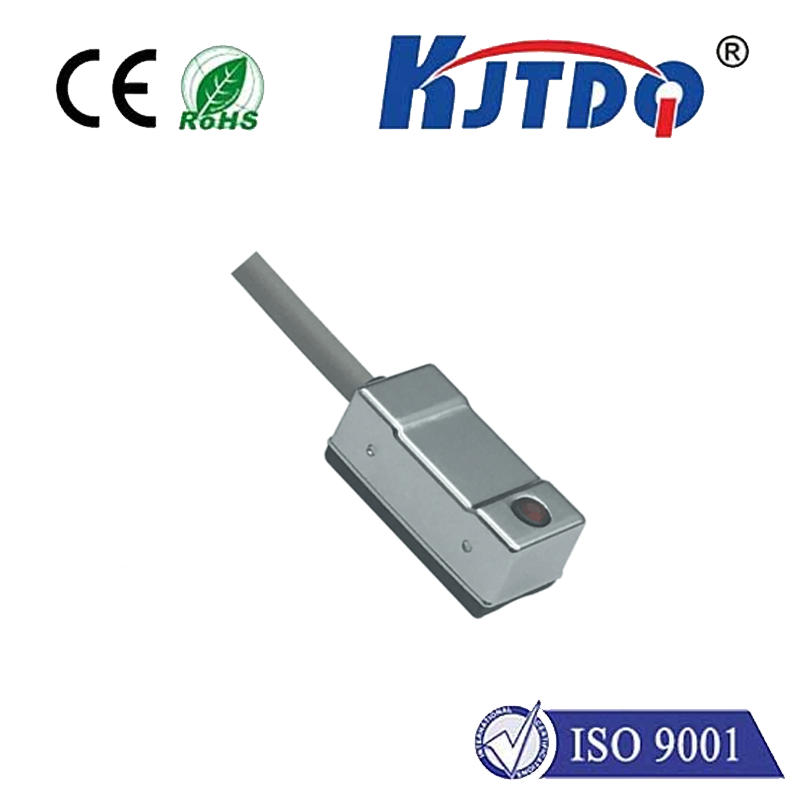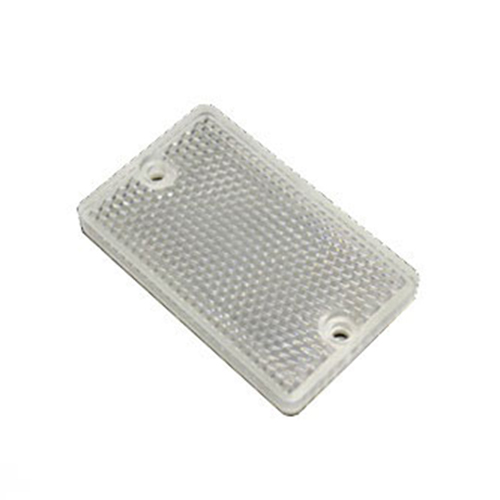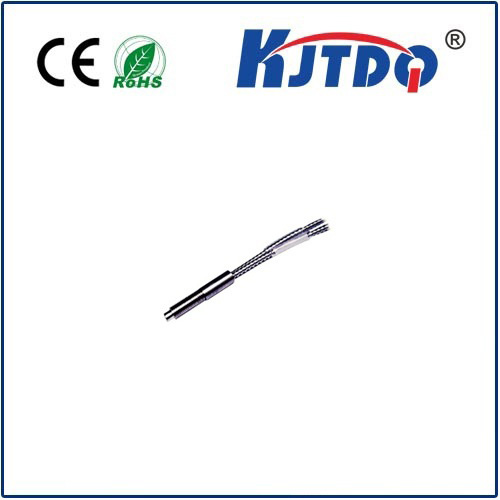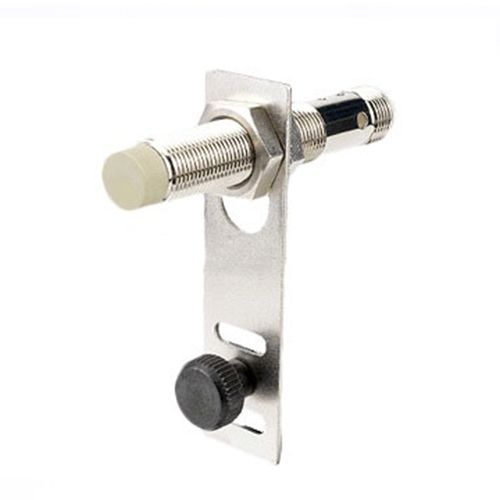отражательная полоса лазерного датчика
- time:2025-08-27 12:40:25
- Нажмите:0
Unlocking Precision: How Reflective Tape Supercharges Your Laser Sensors
Imagine a state-of-the-art robotic arm, meticulously programmed, faltering at the final moment. A critical part isn’t detected, a safety door isn’t registered, or an automated guided vehicle (AGV) misses its docking point. Often, the culprit isn’t the complex machinery itself, but a fundamental element: the reliability of the laser sensor’s target. This is where an unassuming hero steps in – retroreflective tape for laser sensors. More than just sticky plastic, this specialized material is the cornerstone of dependable, long-range detection in countless automation, safety, and navigation applications. Understanding its function and selecting the right type is paramount for optimizing sensor performance and ensuring system integrity.
The Science Behind the Shine: Retroreflection Explained
Unlike standard surfaces that scatter light in various directions, retroreflective tape possesses a unique superpower: it bounces incoming light rays directly back towards their source. This is achieved through its microscopic structure, typically composed of either embedded glass microspheres or precisely engineered microprismatic corner cubes. When a laser sensor emits a beam, this tape acts like a mirror specifically designed for the sensor itself. The majority of the light is returned along the same path it came, creating an exceptionally strong signal for the sensor’s receiver to detect, even over considerable distances or in challenging lighting conditions. This phenomenon is fundamental to the Beam On Status (BOS) detection method commonly used with photoelectric sensors.
Why Standard Reflectors Fall Short (and Reflective Tape Wins)

You might wonder if a simple mirror or a piece of white plastic could suffice. The answer is a resounding no. Here’s why specialized reflective tape is essential:
- Directional Precision: Standard mirrors reflect light at an angle (angle of incidence equals angle of reflection). If the sensor isn’t perfectly perpendicular to the mirror, the light beam deflects away, potentially missing the receiver. Retroreflective tape, however, works effectively over a much wider acceptance angle, forgiving minor misalignments between the sensor and the tape.
- Signal Strength: The engineered structure of retroreflective materials captures and returns a significantly higher percentage of the incident laser light compared to diffuse surfaces like white paint or cardboard. This results in a stronger, more reliable signal, crucial for long-range detection or overcoming background interference like ambient light or dust.
- Durability & Consistency: Quality laser sensor reflective tape is designed for industrial environments. It’s typically resistant to abrasion, chemicals, UV degradation, and extreme temperatures. This ensures consistent reflectivity and longevity over time, unlike painted surfaces that fade or chip.
- Form Factor & Flexibility: Available in rolls, sheets, or pre-cut shapes, the tape can be easily applied to curved surfaces, irregular objects, or integrated into designs where bulky mirrors are impractical. This versatility is invaluable in complex machinery, safety barriers, or mobile robotics.
Navigating the Options: Key Considerations for Laser Sensor Tape
Not all reflective tapes are created equal for laser sensor applications. Choosing the right one involves understanding these critical factors:
- Reflectivity Grade: Measured typically in units like candelas per lux per square meter (cd/lx/m²) or millicandelas (mcd), this quantifies how much light is returned. Higher reflectivity grades are essential for longer sensing distances, smaller tape sizes, or challenging environments. Ensure the tape’s specification matches or exceeds your sensor’s requirements.
- Beam Pattern: Different microstructures (glass beads vs. prisms) create distinct beam patterns. Prismatic tapes generally offer superior reflectivity and tighter beam patterns, ideal for long-range, precise applications like AGV positioning or door detection. Glass bead tapes often have a wider dispersion angle but may be suitable for shorter ranges.
- Wavelength Compatibility: Laser sensors operate at specific wavelengths (commonly red visible light around 650nm, or infrared - IR - often 850nm or 940nm). Critical Insight: Reflective tape performance varies significantly depending on wavelength. Verify the tape’s peak reflectivity matches your sensor’s laser wavelength. Tape optimized for visible light might perform poorly with an IR sensor, and vice versa. Manufacturers provide spectral reflectivity charts for this purpose.
- Environmental Resistance: Consider where the tape will be applied:
- Water & Humidity: Opt for wet/dry performance tapes designed to maintain reflectivity even when wet. Standard tapes can lose significant reflectivity with water droplets on the surface.
- Chemicals & Oils: Resistance to solvents, oils, and cleaning agents is crucial in manufacturing or automotive settings.
- Temperature: Ensure the adhesive backing and material can withstand the operational temperature range.
- Physical Abrasion: Higher durability films are needed for surfaces prone to bumps or scraping.
- Adhesive Backing: A strong, permanent adhesive that bonds reliably to the intended surface (metal, plastic, painted surfaces, etc.) is vital for long-term, reliable positioning. Some tapes offer removable adhesives for temporary applications.
- Size, Shape & Detection Distance: The required tape size directly relates to the sensor’s detection range and beam spot size. Consult sensor documentation for minimum reflector size requirements at your desired sensing distance. Larger or more reflective tape generally enables longer, more reliable detection.
Real-World Applications: Where Laser Sensor Reflective Tape Shines
The versatility and reliability of this tape make it indispensable across numerous sectors:
- Factory Automation & Robotics: Position verification of parts on conveyors, pallet detection, robot tool centering, end-of-arm tooling confirmation, safety door/cage monitoring (often combined with safety light curtains or scanners).
- Automated Guided Vehicles (AGVs) & Mobile Robots: Precise docking guidance, position tracking markers on walls or floors, obstacle detection, lift status sensing.
- Access Control & Security: Door/window position monitoring, gate alignment detection.
- Перевозка материалов: Detecting the presence/absence of items on shelves or racks, verifying pallet positions within racking.
- Packaging Machinery: Registration mark detection for precise labeling or cutting, detecting package flaps or closures.
- Outdoor Applications: Long-range detection in construction, agriculture, or logistics (requires UV-resistant and weatherproof tapes). Drone landing pad markers are a growing niche.
- Safety Systems: Integration into safety barriers or guarding to confirm closed status via laser sensors.
Implementation Best Practices: Maximizing Performance
To ensure your reflective tape delivers optimal results:
- Clean Surfaces Meticulously: Any dirt, oil, or residue between the tape and the surface weakens adhesion and can lead to premature failure. Use appropriate cleaners.
- Apply Firmly and Smoothly: Avoid air bubbles or wrinkles. Use a roller or squeegee to ensure maximum contact between the adhesive and the surface.
- Align Correctly: While retroreflective tape has a wide acceptance angle, aligning the sensor beam as perpendicular as possible to the tape surface maximizes signal strength. Avoid installing tape on highly curved surfaces unless using tape specifically rated for it.
- Protect from Obstructions: Ensure the line-of-sight between the sensor and the tape remains clear. Dust, spray, physical objects, or even heavy condensation can block the beam.
- Regular Inspection: Include the tape in routine maintenance checks. Look for signs of peeling, physical damage, fading, or contamination. Replace compromised tape immediately.
Addressing Common Misconceptions
- Myth: “Any reflective tape will work with any sensor.” Reality: Wavelength compatibility and reflectivity grade are absolute must-checks. Using tape designed for traffic signs (optimized for headlights, not lasers) will yield poor results.
- Myth: “The tape works the same when wet.” Reality: Water droplets scatter light. Only tapes specifically designed for wet performance maintain reliable reflectivity in damp conditions.
- Myth: “Size doesn’t matter; more is always better.” Reality: While larger tape aids longer distances, understanding the *minimum


